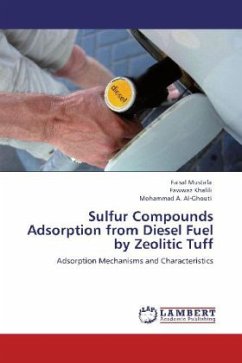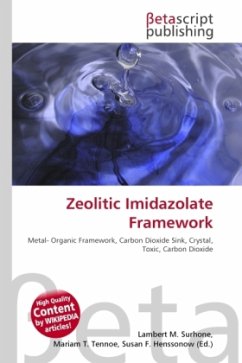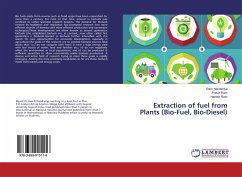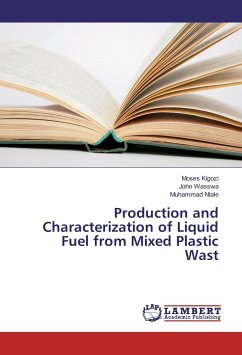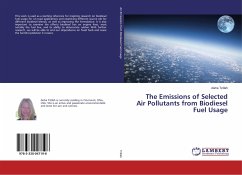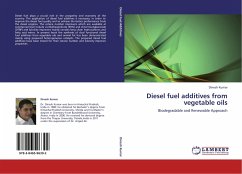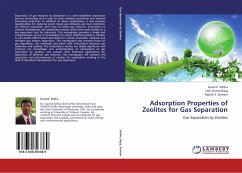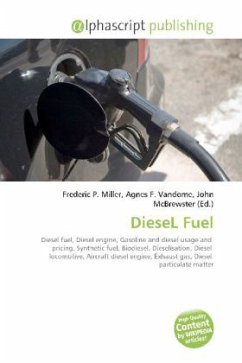The removal of organosulphur compounds (ORS) from diesel fuel is an important aspect of Jordanian s effort to reduce air pollution. Currently, the total sulphur content in Jordanian diesel fuel is 12000ppmw (1.2%, wt/wt), but Jordanian government has recently introduced new restrictions that will reduce this level gradually to internationally acceptable levels. The zeolitic tuff (ZT), from Tlul Al-Shahba region, was characterised using various analytical techniques. It was found that the Freundlich model fitted the adsorption isotherms more accurately than the Langmuir model; indicating that the ZT had a heterogeneous surface. The Langmuir adsorption capacity values for the three particle size ranges (100 200), (300 400), and (500 600) _mwere 7.15, 6.32, and 5.52 mg/g and the column capacities were 4.45, 2.57, and 1.92 mg/g, respectively. The spent ZT was regenerated by washing with n-heptane with an efficiency of 81.5%. Two adsorption mechanisms were investigated. One is that the interaction of thiophene with the Brønsted site of the ZT through S atoms; the other is via C S bond cleavage in thiophene-derived carbocations to form unsaturated fragments on the Brønsted acid sites.

